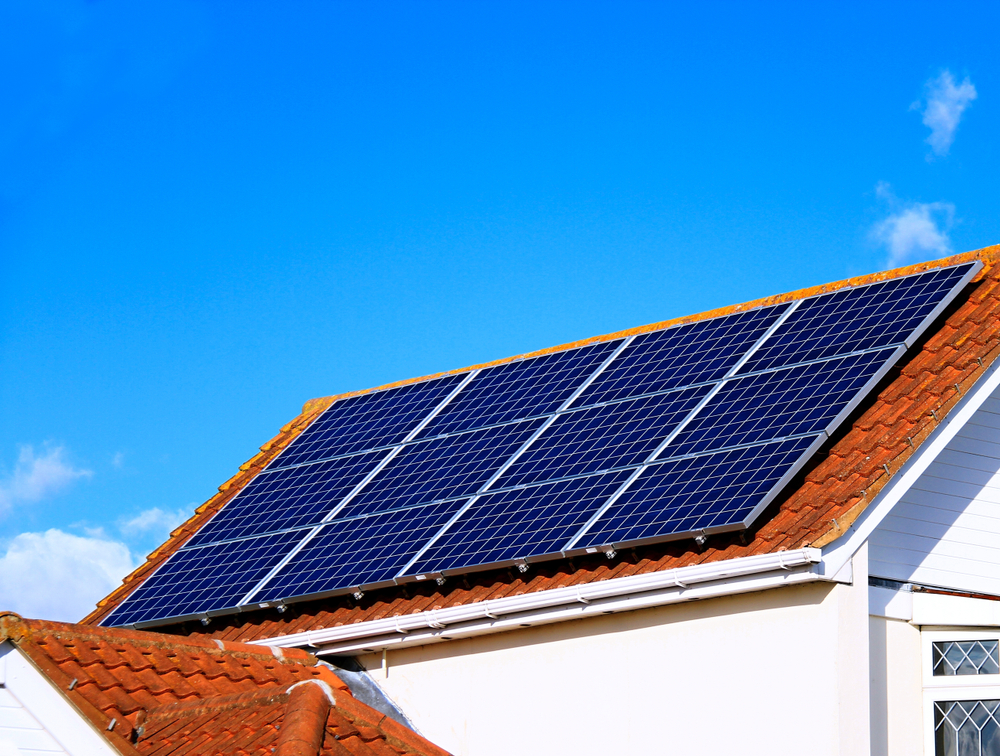Idaho Power proposes modernizing compensation structure for customer generation

Like a number of other states, Idaho is working to determine how to make net metering rates fairer for all customers.
Idaho Power recently filed a proposed settlement agreement with the Idaho Public Utilities Commission (IPUC) to change the compensation structure for residential and small business customers who produce energy. Hundreds of people on both sides of the issue showed up to deliver comments to the IPUC earlier in December on the proposal, which is subject to public review and approval by the IPUC.
Idaho Power worked with the IPUC, the Idaho Conservation League, Idaho Hydroelectric Producers Trust, Vote Solar, Sierra Club, City of Boise, Micron Technology, Idaho Clean Energy Association, Idaho Irrigation Pumpers Association, and others before finalizing the settlement agreement.
“For Idaho Power, adjusting the credit customers with on-site generation receive isn’t a matter of generating more revenue for the company. It’s important for us to distribute the cost of delivering energy more fairly,” said Sven Berg, corporate communications specialist with Idaho Power. “Under the existing structure, Idaho Power’s customers are paying four to five times what it costs Idaho Power to buy the energy from other sources on the market. Buying more expensive energy drives up the rates all customers pay to reimburse Idaho Power for our overall power supply costs. So a customer who might not be able to afford a solar panel has to pay higher rates to subsidize the customers who can afford that investment.”
If approved, the settlement would measure net-metered energy on a net hourly basis, rather than a monthly basis. Customers will be credited at a new rate for excess energy delivered back to the grid, initially set at 8.7 cents per kilowatt-hour (kWh) for residential customers and 10.2 cents per kWh for small business customers, effective Jan. 1, 2020.
New and existing energy producers will be transitioned to the new pricing structure in four increments between 2022 and 2028, with the final estimated rate to be 4.4 cents per kWh for residential customers and 4.9 cents per kWh for small business customers.
Customers will also be given the option to stop exporting excess power to Idaho Power’s grid.
Berg explained that this settlement would only affect prices paid for energy exports — excess energy produced by customers.
“Customers are still allowed to offset energy use at the full retail rate – about 10 cents per kWh for residential. The settlement agreement also provides for a net hourly accounting of energy offset or exported, instead of net monthly. This provides for a more accurate quantification of sales,” he said. “It will ensure, over time, that Idaho Power customers are not buying energy that is five times that of the market rates.”
The Idaho Conservation League (ICL) and Vote Solar’s proposal argued that “net hourly billing discourages exports and encourages near-simultaneous consumption of electricity produced on-site,” because energy used within the same hour will be valued at the retail rate while excess energy will be valued at the reduced rate.
ICL also argued that customers who purchased their solar panels before the changes made that financial decision with the current rates in mind.
There are more than 560,000 customers connected to Idaho Power. According to the Idaho Conservation League, there are currently more than 4,200 solar customers on Idaho Power’s grid and the changes would leave around 1,300 “underwater” on those investments.
ICL and Vote Solar submitted a brief to the IPUC asking the commission to allow existing customers with on-site generation to stay at the same rates and program that they have always been on.
Idaho Power agreed that the change should not be immediate, but supports a gradual change because of a previous Idaho Supreme Court ruling that prohibits rate discrimination among similar customers.
ICL and Vote Solar’s proposal cited numerous states that have grandfathered in existing customers to potential changes on their net metering rates and that “no state regulatory commission that changed from traditional NEM policies ultimately imposed those changes on customers who invested in generation prior to the effective date of the change. Typically, those changes applied only to customers adopting generation at some time after the order approving the new program.”
If IPUC does decide to grandfather in existing customers, Idaho Power asked for a few stipulations: an end date to the grandfathered customers, requested at 10 years; and a grandfathered customer should not be allowed to stay in the program at the same rates if they expand or move their system.
Idaho Power’s renewable energy goals aim to achieve 100 percent clean energy by 2045. Berg said the company still finds this goal attainable.
“Energy from customer generation has value, and customers with rooftop solar panels will help us reach our 100 percent clean energy goal,” he said. “We believe the market for rooftop solar panels and other clean, on-site generation equipment will continue, partly because many customers invest in these technologies primarily for environmental reasons.”
The IPUC heard comments on Dec. 2 and 3 and is currently deliberating on the case.
